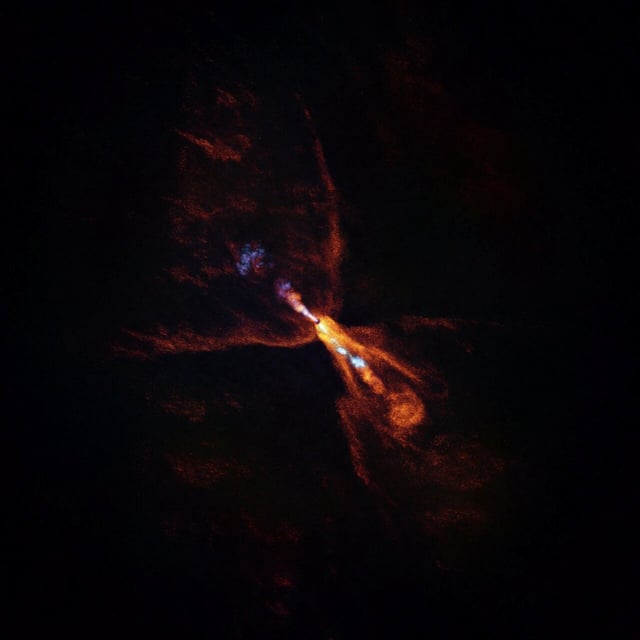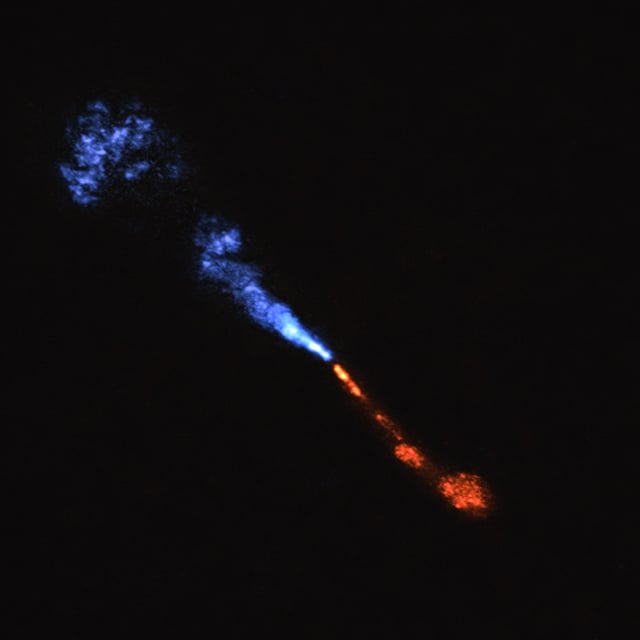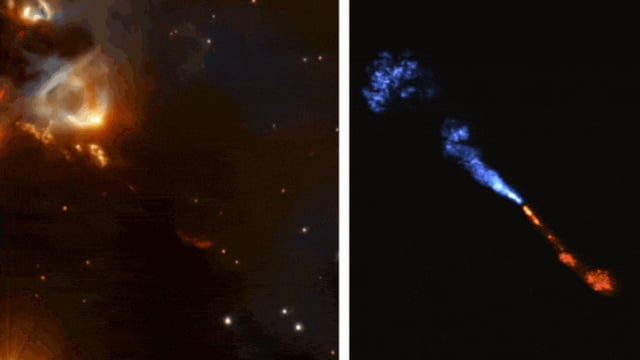Overview
- Lead author Melissa McClure and her team published their results in Nature on July 17, 2025, documenting the breakthrough observation
- NASA’s James Webb Space Telescope and ESO’s ALMA array detected hot silicon monoxide gas transitioning into crystalline silicate minerals
- HOPS-315 is a 100,000- to 200,000-year-old protostar located about 1,300 light-years away in the Orion constellation
- The disk’s favorable, edge-on orientation allowed ALMA to isolate the condensation zone without interference from stellar outflows
- Researchers say this real-time glimpse of planetesimal building will refine models of Solar System origins and guide searches for other nascent systems


